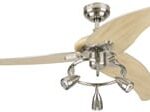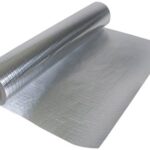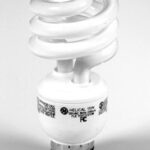This guide will teach you about Energy Star products—that they qualify for a government-backed program that helps consumers save energy. Learn how to identify Energy Star products, and how to save energy by using Energy Star products.
The Energy Star program, an initiative of the U.S. Environmental Protection Agency (EPA) and the Department of Energy (DOE), was begun in the early 1990s and helps consumers make smart, energy-efficient purchases for their homes.
Products bearing the Energy Star label work similarly to non-labeled products but use less energy. The benefits include energy-bill savings and a reduction in greenhouse gas emissions.
To qualify for Energy Star certification, a product must meet or exceed guidelines set by the EPA and DOE. The label ensures that a product uses 10% to 50% less energy than a similar model. Energy Star appliances also bear the yellow Energy Guide label, which estimates how much annual energy the product will use and how much you will save compared over the usage of similar, non-labeled products.
Energy Star products might cost more than their counterparts, but the energy savings over the life of a certified product can easily make up for the initial extra expense. And, as additional incentive, government rebate programs and many utility companies offer rebates on Energy Star products. Ask your utility company and check state and federal websites for tax rebates and incentives. From now until 2032, you can receive tax credits for Energy Star-certified heat pumps, furnaces, water heaters, windows, skylights, doors, solar equipment, and more.



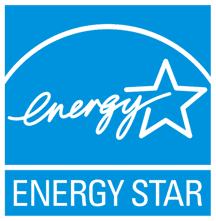


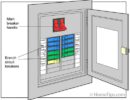

 Don Vandervort writes or edits every article at HomeTips. Don has:
Don Vandervort writes or edits every article at HomeTips. Don has:
